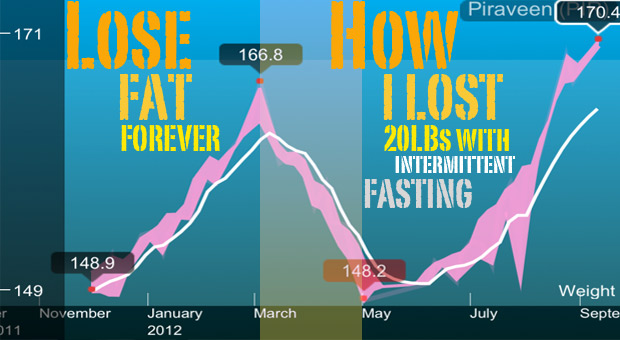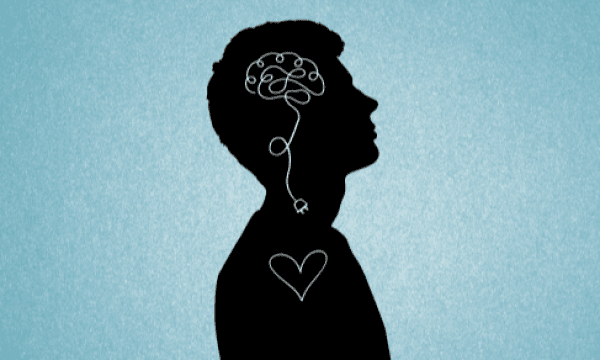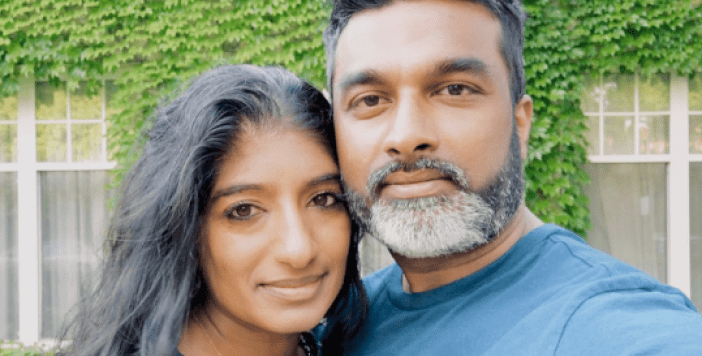
Welcome to Dieting 101. No pills, no voodoo magic, and especially no starving yourself. It’s called Intermittent Fasting and it’s blowing up – big time.
Post-breakfast hunger is a phenomenon that many of you have likely experienced. It is that feeling you get 30 minutes to 2 hours after your first meal that leaves you at times feeling irritable and hungry. But had you waited until noon to have your first meal, you would have felt like the Energizer Bunny.
So how can an empty stomach leave you with more energy than a bowl full of high caloric food? Post-breakfast hunger is not related to what you eat in the morning. It occurs whether you’ve had a well balanced breakfast or just a single Pop-Tart. What matters is the time of day at which you were eating – and the fact that you were eating immediately upon waking.
Our body’s metabolic and hormonal profiles are constantly changing at different times throughout the day. And having breakfast in the first 30-45 minutes after waking corresponds with the peak of our cortisol awakening response (CAR), which is related to insulin sensitivity. Long story short – your morning breakfast decreases your blood sugar level below what your body can handle, and this is why you feel those hunger pains.
So what does this all mean? Why am I suggesting fasting for the first few hours in the morning or until noon? Based on a large body of scientific evidence, there is a lifestyle change that is better for your health, fitness and fat loss. This program is called Intermittent Fasting.
In my journey to becoming bigger and leaner, I bulked from January-March without a strict eating structure. I ate freely at all times throughout the day so that I wouldn't be hungry and food would always be in my stomach. I followed the belief that 6-7 small meals spread out over the course of a day is better than 3 big meals. At the end of my bulking period, I was successful in gaining muscle but had also gained a lot of fat.
Thus, in mid-March when it came time for "shredding", I followed the strategy of Intermittent Fasting. I would have my first meal at noon, eat 3 large meals in the span of 6 hours, and finish my last meal between 5-6pm. I would then fast from 6pm to 12 noon the next day - 18 hours without food!
But most importantly, you are not starving yourself. You are still eating everything you would normally eat over the course of one day, just crammed into a 6 hour eating window. Even if you are already eating junk, applying this method would still result in fat loss. The key is knowing how much to eat.
If you look at the picture above, my Withings scale tracked my progress throughout my bulking and fasting. In a span of 2 months, I lost 20 lbs (10 lbs per month or 2 1/2 lbs per week). For those looking to cut, this is a good amount of weight to drop per week without the risk of losing muscle. Furthermore, I lowered my caloric intake to 1500 kcal per day and trained 5 times a week in the morning while in a fasted state.
If you think that it is impossible to train on an empty stomach, think again. It has been proven that training on an empty stomach may lead to a more anabolic response than training on a full stomach. Either way, it is more than possible to achieve once you get into a routine.
Alas, there is one major concern when training on an empty stomach - muscle loss. To avoid this without breaking your fast, a good quality BCAA supplement will ensure that you don't lose any muscle. I have tried several BCAAs and the one I’ve stuck to from the beginning of my journey is Post-Rx by Rival-us. It is by far the best tasting and most effective supplement in my stack. Aim to take 10 grams before your workout and 10 grams after your workout, or until it’s time to break your fast.
[caption id="attachment_6450" align="alignnone" width="255"] The best BCAA on the market[/caption]
The best BCAA on the market[/caption]
As is evident from the graph above, I am currently in my second "bulking" phase (though “lean muscle gain” phase would be more apt). So far, I have been able to significantly increase my lean muscle gains while keeping my body fat low. Thus, for anyone looking to get leaner, lose fat or make progressive muscle gains without the risk of adding too much fat, the Intermittent Fasting method will ensure that you keep the fat off and the muscle on.
[caption id="attachment_6449" align="alignnone" width="255"] Me at the end of my first cut using Intermittent Fasting[/caption]
Me at the end of my first cut using Intermittent Fasting[/caption]
The health and fitness information provided in this article are based on the author's own experiences. We recommend that you work with a professional to build a health and fitness plan that's suitable for you.

























